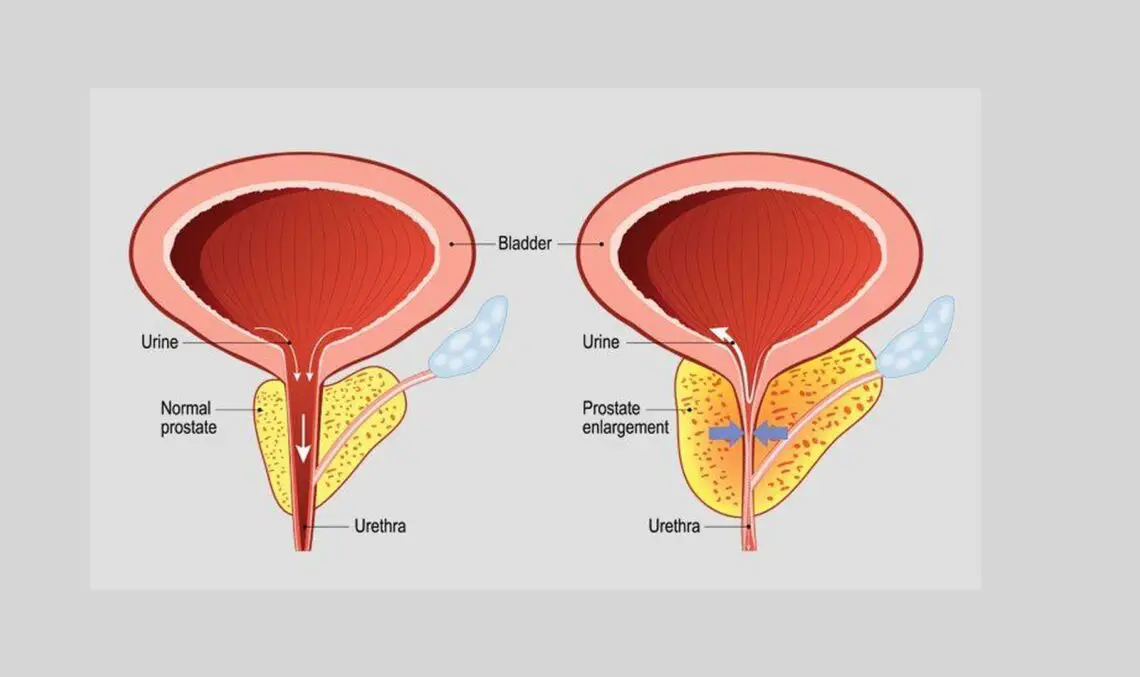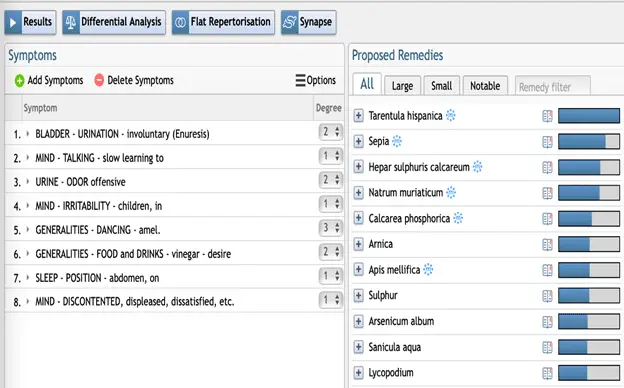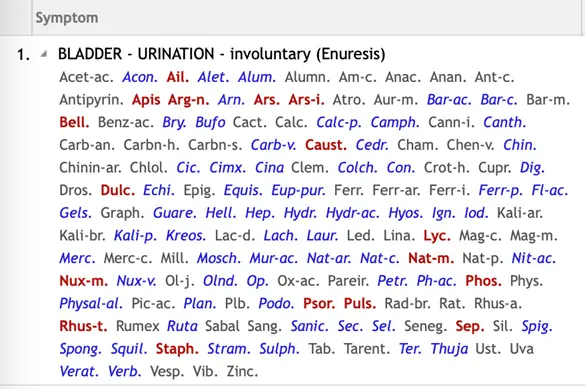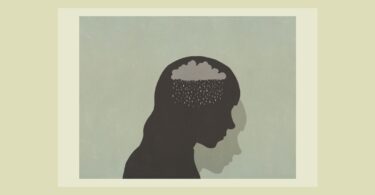Abstract:
Dyspraxia in autism is a disorder that affects socialization and communication, while dyspraxia affects motor skills and physical coordination. Evidence in the improvement of this specific subtype of the autism spectrum with psychiatric medication is poorly proven.
Here we show the case of a 6-year-old child with the diagnosis of autism and mixed dyspraxia treated with classical individualized homeopathy. The child had a complete recovery from the involuntary urination, along with partial improvement in dyspraxia, showing an improvement in speaking and socialization skills.
The homeopathic remedy Sepia Officinalis was given in several potencies. Further controlled studies are needed to determine the relevance of classical homeopathy in this kind of subtype of the autism spectrum.
Keywords: autism, dyspraxia, classical homeopathy
Background
Fundamentally, autism is a disorder that affects socialization and communication, while dyspraxia affects motor skills and physical coordination. While coinciding symptoms aren’t uncommon, the two are considered distinct disorders.
One of the most consistent motor signs in autism is that children with ASD show difficulties with the performance of skilled motor gestures to command, imitation, and with tool use in the praxis examination (Deborah P Waber 1, 2020).
In adult populations, ideomotor praxis is characterized by the impaired performance of skilled gestures and difficulty recognizing skilled gestures performed by others (Melissa Catrini, 2020).
Impaired performance of skilled gestures, referred to as dyspraxia, is consistently reported in children with autism; however, its neurological basis is not well understood. Basic motor skill deficits are also observed in children with autism, and it is unclear whether dyspraxia observed in children with autism can be accounted for by problems with motor skills (Huron, 2020)
Case Report
Patient: Female, 6 years old
Diagnosis: Mixed dyspraxia and autism.
Symptoms: loss of urine, difficulty speaking, sphincter control problems, acquisition delay in language
Medication: omega 6 and 9 oils, risperidone, and sertraline.
The patient, a 6-year-old Mexican girl, was diagnosed with mixed dyspraxia and autism at the age of 4 years old. She started with delayed speech and was unresponsive to external stimuli. The diagnosis was made by a neuro paediatrician.
The mother complained about the child’s loss of urine 8 times a day, to the point that she had to let the child wear a dress without underwear to avoid doing laundry 8 times a day. The girl urinated on the armchairs, on the bed, on the chair, etc.
The enuresis was present also during sleep, but at night the mother didn’t not know how many times the girl urinated. The urine odour was strong, and the girl was always in a state of irritability. The girl was desperate to speak but could not; she was easily distracted and the only thing that calmed her down was dancing.
When the girl was very irritable, her mother used to play music for her, and the girl immediately started to dance. The child had a desire for food and salads with vinegar and usually slept on her abdomen. The mother said that the child was very sensitive and moaned all the time because it was the only way for her to communicate her feelings.
Past history revealed that during pregnancy, the mother had nausea all the time, and she could never feel good during that time. She took allopathic medication for nausea.
The patient’s mother sought homeopathic consultation for the child on July 16th, 2021. She continued the same diet and routine as she had been practicing and continued with the psychiatric medication risperidone, and sertraline.
Prescription on 16th July 2021: After taking into consideration her present condition, the homeopathic remedy Sepia Officinalis 12LM was chosen to be given daily at the beginning of the treatment, later the same remedy was given in several potencies accordingly to the need of the symptoms of the patient. The follow-up and subsequent prescriptions are shown in Table 1.
Logic Behind the prescription:
As we see in Fig 1, the repertorisation brought up Tarantula and Sepia as the most likely remedies, as both are ameliorated by dancing. However, if we look at the case, we see that there is the basic layer of autism and behavioural disorder, upon which is the layer of involuntary urination.
At this point in time, the girl’s main complaint was that of enuresis. This particular symptom resonates more with Sepia than Tarantula, as seen in Fig. 2. Further, the general energy of the girl was not excessive as to warrant the prescription of Tarantula.
The dancing in Tarantula is to dissipate the excessive energy, whereas in Sepia, it is a need to get the circulation going. Further, the girl had a strong desire for vinegar which is in favour of Sepia. Therefore, Sepia was chosen.
Fig. 1. Repertorisation on first visit
Fig.2. Grading of Sepia and Tarantula in the rubric “Enuresis”
Level of Health Analysis: The child had mild acutes without fever and the mother did not remember if the child had a fever even once in her life. The level of health of the patient is probably located in group C, level 7. The defence mechanism does not have the strength to produce a high fever in response to infections.
In this case, the ideal scenario could be to see an acute with high fever, but probably it will take a few years to see it. Until then, good response is indicated by the amelioration of her main complaints and aggravations from time to time as we proceed with the higher potencies.
Table 1: Follow-up of the case
| Date | Symptoms | Prescription |
| August 30th, 2021 | The character and disposition of the girl were better, the girl started to eat more and sleep better, and she had only one episode of loss of urine every 2 or 3 days. There is no change in the symptom indication for homeopathic remedy. | Sepia Officinalis 14LM |
| October 10th, 2021
|
The girl gained 2 kilos and had no episode of loss of urination. The girl started to go to language therapy and the tutor reported that the girl was learning and advancing quickly. The character of the child was better; she looked happier at consultation, and she only had nocturnal enuresis once or twice per week. There is no change in the symptom indication for homeopathic remedy. | Sepia Officinalis 16LM |
| September 20th, 2021 | The child had a change of teacher in the school and started again with loss of urine 2-3 times by day. There is no change in the symptom indication for homeopathic remedy, but an increase of potency is indicated in order to provide a stronger stimulus to the immune system | Sepia Officinalis 200c |
| March 15th, 2022 | The tutor of language therapy issued a certificate to remove the diagnosis of autism, and only dyspraxia remains so the child can go to another kind of school. The involuntary urination stopped completely. | Nil |
The last follow-up was on March 15th, 2022, at 9 months after starting the homeopathic remedy. The mother reported that the child had an improvement in several aspects, which included speech and cognitive ability.
The tutor of the child issued a certificate to the neuro paediatrician to remove the diagnosis of autism, so the diagnosis of mixed dyspraxia remains. The child started to go to another elementary school, which was not for autistic children.
Discussion
Motor deficits associated with autism appear to be evident as early as infancy, manifesting as problems in sequencing movements to crawl or walk. In older children with autism, problems have been observed in basic motor control, including poor coordination (both axial and limb) and postural control, slow response speed, clumsy gait, and low tone.
Difficulty with the performance of skilled motor gestures has also been observed and is one of the most consistently reported motor findings in children with autism. Impairments in imitation of skilled motor gestures have been particularly emphasized, leading some to suggest that impaired imitation may be a core feature of autism, contributing to abnormal development of functions critical to social and communicative development, such as empathy, joint attention, and theory of mind (Áine O’Dea, 2021).
In this case, it was shown that homeopathic treatment can improve skilled motor gestures, together with the functions for social and communicative development in children with autism. The real spirit of science is to study all approaches, without refusing a priori, on the basis of preconceptions about any one of them.
This is the real way in which science has progressed, by questioning itself and its own conclusions, on the basis of experiment and experience (Vithoulkas, 2022), and classical homeopathy is a science that gives us the opportunity to expand the limits of our thinking towards a non-material reasoning according to its laws and principles. A global vision in the study of science is necessary to understand how the organism works as a totality.
There is a question regarding the mechanism of the applied remedy’s action, and the evidence is not strong enough to clearly support the results of this homeopathic remedy. However, such an overall improvement from a therapy, especially without changes in any other parameter that may have caused the improvements, is encouraging, and suggests a need to further investigation into whether this case represents an exception or a rule. Larger trials are needed to establish the relevance of classical homeopathy in cases of autism.
Conclusions
This case of a 6-year-old-child with autism and involuntary urination showed a significant improvement with classical homeopathy. Further research is needed to evaluate with larger studies, the collective effect of classical homeopathy in children with this specific subtype of autism spectrum.
References
Tamara Denisova, S. M. (2018). Individualized Homeopathic Therapy in a Case of Obesity, Dysfunctional Uterine Bleeding, and Autonomic Dystonia. Am J Case Rep.
Deborah P Waber 1, E. C. (2020). Developmental Dyspraxia in Children With Learning Disorders: Four-Year Experience in a Referred Sample. J Child Neurol . 2021 Mar;36(3):210-221., PMID: 33103525 DOI: 10.1177/0883073820966913.
Melissa Catrini, M. F.-D. (2020). Apraxia of speech and language delay: the complexity of diagnosis and treatment of symptomatic children. Clinical Neuropsychology. Fourth Edition Oxford University Press; New York:, PMID: 31691745 DOI: 10.1590/2317-1782/20192018121.
Huron, C. (2020). Developmental coordination disorder. Rev Prat . 2020 Jun;70(6):683-686.
Áine O’Dea, M. S. (2021). Children and young people’s experiences of living with developmental coordination disorder/dyspraxia: A systematic review and meta-ethnography of qualitative research. Motor signs distinguish childrenwith high functioning autism and Asperger’s syndrome fromcontrols. J Autism Dev Disord36: 613–621., PLoS One . 2021 Mar 4;16(3):e0245738. doi: 10.1371/journal.pone.0245738.







